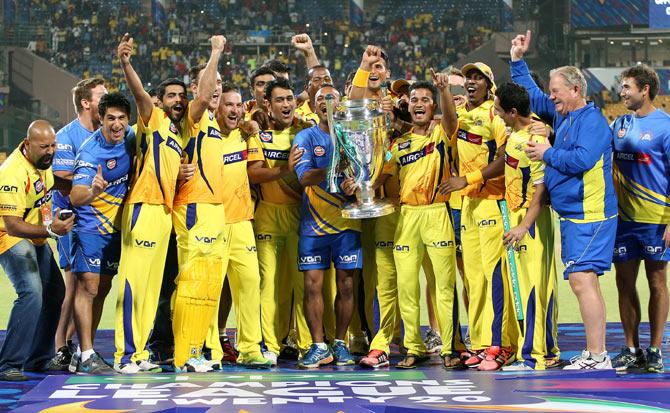The Champions League T20 (CLT20) was an international cricket tournament that brought together the top domestic T20 teams from different cricketing nations. However, the tournament was discontinued after a brief run. This article delves into the reasons behind the discontinuation of the Champions League T20, analyzing the various factors that contributed to its demise.
Commercial Viability: One of the primary reasons for discontinuing the CLT20 was the lack of commercial success. The tournament struggled to attract significant sponsorship and generate substantial revenue. This can be attributed to various factors, including the crowded cricketing calendar, limited fan base, and the dominance of other T20 leagues such as the Indian Premier League (IPL). Without adequate financial support, sustaining the tournament became challenging.
Scheduling Conflicts: The crowded international cricket calendar posed a significant hurdle for the Champions League T20. The tournament took place at the end of the cricket season, when players were fatigued and national teams were gearing up for upcoming series or tournaments. With international commitments taking precedence, top players from participating teams often had to skip the CLT20, which impacted the overall quality and appeal of the tournament.
Inequality and Imbalance: The participation structure of the CLT20 faced criticism for its unequal representation. While the tournament aimed to include domestic T20 champions from different countries, certain cricketing boards had multiple teams participating, while others struggled to field a competitive side. This led to an imbalance in the quality of teams, affecting the competitiveness and overall appeal of the tournament.
Conflicts with Domestic T20 Leagues: The emergence and growing popularity of domestic T20 leagues, particularly the Indian Premier League (IPL), had a significant impact on the CLT20. The IPL, being the most lucrative and followed T20 league, attracted the best players, sponsors, and fan support. This overshadowed the CLT20 and led to challenges in securing participation from top teams. The focus and resources invested in domestic leagues limited the appeal and significance of the CLT20.
Logistics and Travel Issues: The CLT20 faced logistical challenges due to the participation of teams from different countries. Coordinating schedules, managing player travel, and ensuring a smooth tournament flow became increasingly complex. This, coupled with the logistical and financial burdens faced by the participating teams, added to the operational difficulties of running the tournament efficiently.
Lack of Fan Engagement: Compared to domestic T20 leagues, the CLT20 struggled to garner significant fan engagement. The limited fan base, lack of emotional connection, and the absence of local team affiliations diminished the tournament's appeal. Additionally, with matches often taking place in neutral venues, it became difficult to create a vibrant atmosphere and build a loyal fan following.
Shifting Focus to International Tournaments: The discontinuation of the CLT20 can also be attributed to the shifting focus towards international tournaments. International cricketing bodies and cricket boards increasingly prioritized bilateral series, ICC tournaments, and domestic leagues, which offered better financial returns and attracted wider audiences. The prominence and success of events such as the ICC T20 World Cup and bilateral series overshadowed the CLT20 in terms of importance and appeal.
Conclusion: The discontinuation of the Champions League T20 was influenced by a combination of factors, including commercial viability, scheduling conflicts, inequality among participating teams, competition from domestic T20 leagues, logistical challenges, lack of fan engagement, and the shifting focus to international tournaments. These challenges collectively contributed to the demise of the CLT20, ultimately leading to its discontinuation. While the tournament provided moments of excitement and brought together top T20 teams from different countries, it failed to sustain its appeal and overcome the hurdles posed by a crowded cricketing calendar, financial constraints, and changing dynamics within the cricketing landscape.
